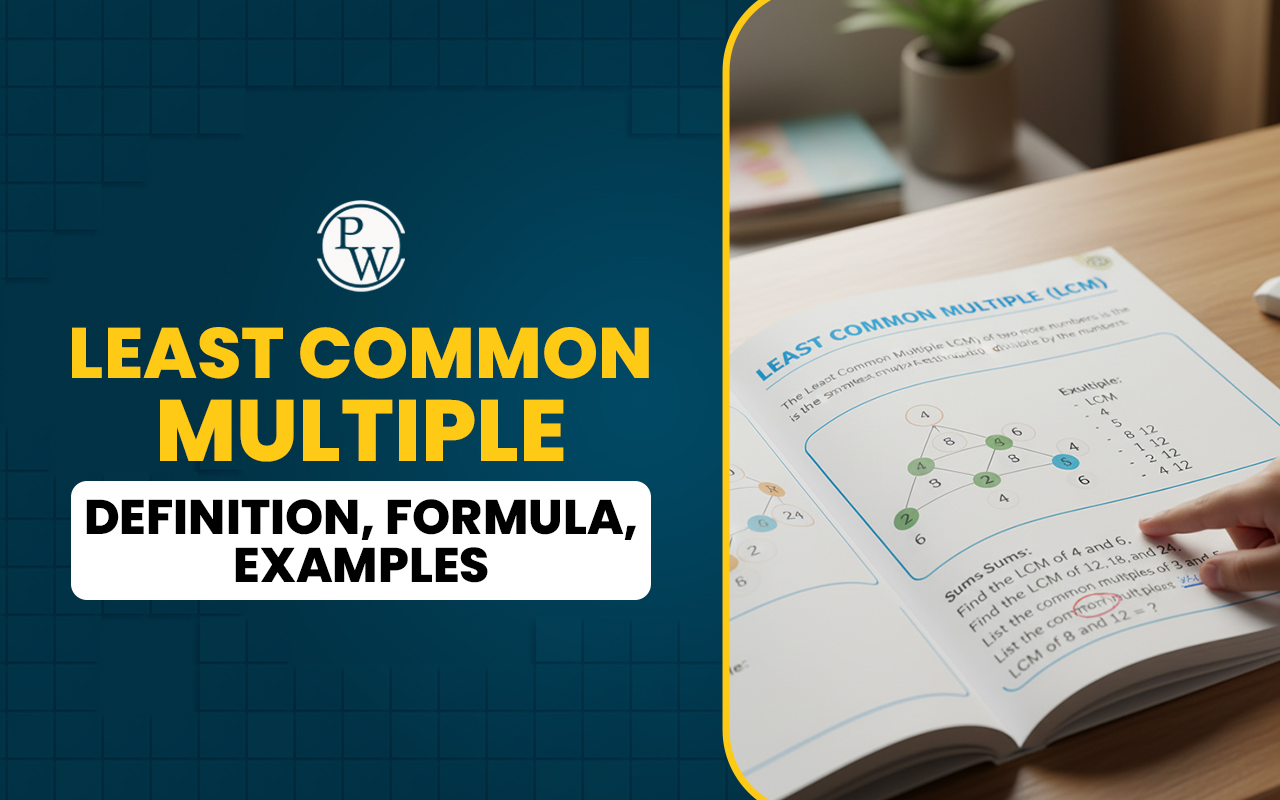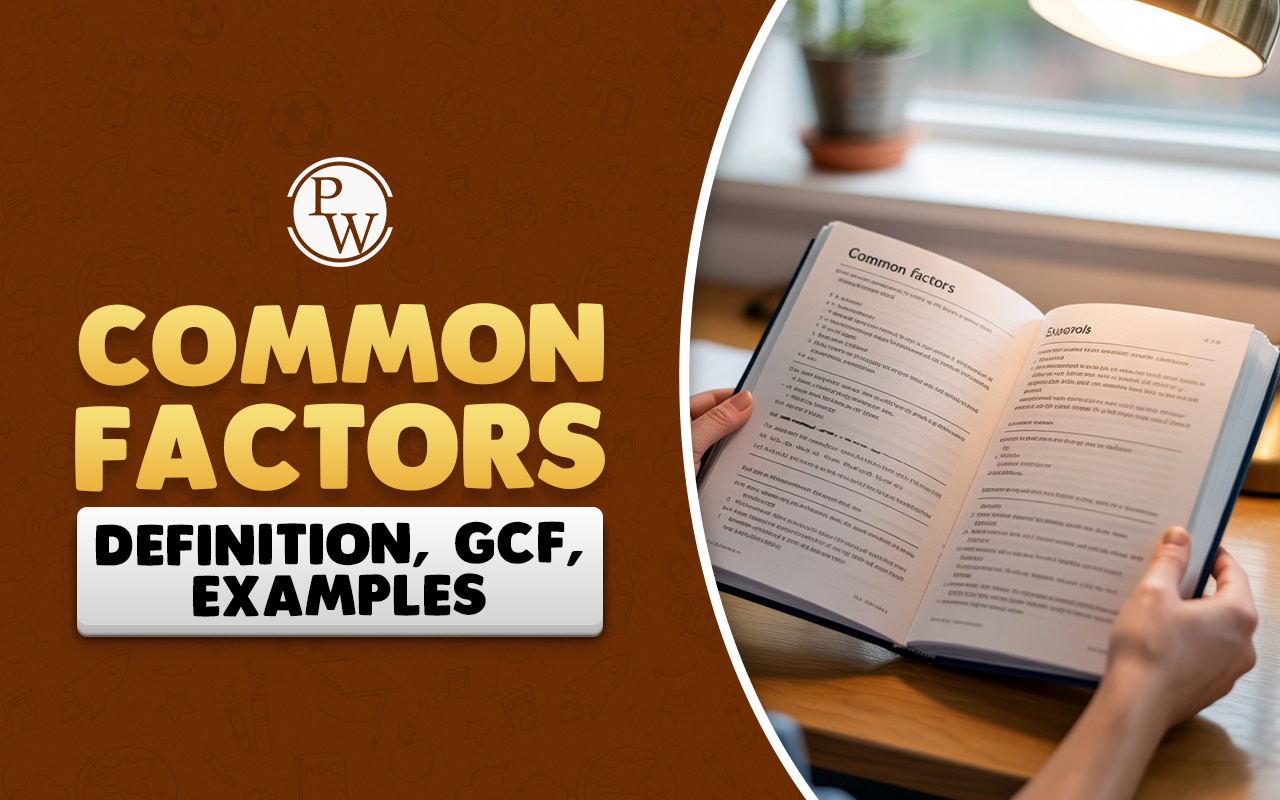
NCERT Solutions for Class 3 Maths Chapter 1: What's In A Name? introduces students to basic mathematical concepts through fun activities and stories. In this NCERT Class 3 Maths Chapter 1, children learn how to count, understand the relationship between numbers and their names, and practice grouping and classifying objects.
To help students better understand these concepts, the NCERT Solutions for Class 3 Maths Chapter 1 provide answers to the questions asked in the textbook, making learning math both easy and enjoyable.
Read More - Numbers
Class 3 Maths Chapter 1 What's in a Name Overview
Through the class 3 maths chapter 1, "What's in a Name?", students will explore basic math concepts like numbers and shapes and their importance in everyday life. They will learn how math helps us describe the world around us and solve problems. By the end of the chapter, students will see how different math terms are used to represent objects and ideas. Some key objectives of this NCERT Class 3 Maths Chapter 1 are:
-
Understanding Math Terms: Students will learn how names are used to identify numbers and shapes in mathematics.
-
Importance of Numbers and Shapes: The chapter highlights how numbers and shapes are all around us in everyday life, making math useful and practical.
-
Exploring Characteristics: Students will look at the characteristics of different objects and learn to describe them using math words.
-
Building Confidence in Math: Through engaging activities, students will get better at using math language to communicate ideas, helping them feel more confident in math.
-
Foundation for Future Learning: This chapter lays the groundwork for learning more complex math topics in the future, making sure students are comfortable with basic concepts.
NCERT Class 3 Maths Chapter 1 Question Answer
The NCERT Class 3 Maths Chapter 1 question answer helps students revise and understand important concepts such as place value, counting, and shapes. These practice questions with solutions are going to make learning math simple and fun, helping students build a solid foundation of the class 3 maths chapter 1.
Question 1: Find out the captains of the 2 teams.
-
First team: _______
-
Letter count: _______
-
Second team: ________
-
Letter count: __________
Answers: Captains of the 2 teams :
-
First team: Elephant
-
Letter count: 8
-
Second team: Ox
-
Letter count: 2
Question 2: Do you know any animal having a longer name than the first team's captain?
Answer: Crocodile. Letter count = 9
Question 3: Who has a longer name: Mahesh or Kartik? Discuss.
Answer: Mahesh (Letter count: 6)
Kartik (Letter count: 6)
Both names have the same number of letters.
Question 4: Write down the names of some of your friends in the spaces given below and then answer the questions from a to f.
Answer: Let’s take some examples of names.
-
My Name: Shalini
-
Neelam
-
Raj
-
Harshita
-
Garima
-
Sonali
-
Divya
-
Rohit
-
Rahul
a) Tick (✓) the longest name (✗) and cross out the shortest name(s).
Answer:
Longest name: Harshita
Shortest name: Raj
b) Write the starting letter of your name.
Answer: ‘S’
c) Count all the name(s) that have the same starting letter as yours.
Answer: 1
d) Which starting letter is the most used? Count the names that begin with it.
Answer: The ‘R’ starting letter is most used. 3 names are starting with it.
e) Count the names with the same ending letter.
Answer: 3 names ending with the same letter, which are Harshita, Divya, and Garima.
f) Write the letters that are not the starting letter of any name.
Answer: A, B, C, E, F, I, J, K, L, M, O, P, Q, T, U, V, W, X, Y, Z.
Read More: Basic Maths Questions
Question 5. Teji and Jojo are making numbers using these cards.
a) Write your roll number using number cards as shown above. Number cards are given at the end of the book.
-
My roll number is …………………………..
-
Its number name has ………….. letters.
Answer:
-
Let the Roll number be 36.
-
Thirty Six has 9 letters.
b) Write some numbers and their number names in your notebook. How many letters does each have?
Answer: (b) Let some numbers are :
|
Number |
Number Name |
Letters in number name |
|
48 |
Forty Eight |
10 |
|
14 |
Fourteen |
8 |
|
91 |
Ninety One |
9 |
Question 6: Teji and Jojo made the number 56 (Fifty-six). It has 8 letters. Write other numbers between 1 and 99 that have 8 letters.
Answer: Numbers that have 8 letters are:
-
Forty-Six: 46
-
Fifty-Two: 52
-
Fifty-One: 51
-
Sixty-One: 61
-
Fifty-Six: 56
-
Sixty-Six: 66
Question 7: Write the number(s) between 1 and 99 that have the longest name.
Answer: Numbers that have the longest names are 73, 77 and 78.
a) Find out: My number name has two words. The first word has 6 letters. The second word has 5 letters. I am very near to 100. Who am I?
Answer:
-
First word of 6 letters: Ninety (90)
-
Second word of 5 letters: Eight (8)
b) Find out: My friends and I are the numbers from 63 to 78. My number name is the smallest among all my friends. Who am I?
Answer: Seventy (70)
Question 7: Make similar puzzles of your own in your notebook and ask your classmates.
Venkatanarasimharajuvaripeta is the place in India with the longest name. It is located in Andhra Pradesh, close to the border of Tamil Nadu.
Ib in Odisha and Od in Gujarat are the places in India with the shortest names.
Teji and Jojo have some picture cards. Teji has put these into two groups like this.
She has grouped the cards into “those that eat food” and “those that don't eat food.” Jojo has arranged the same cards differently.
Question: What is common in each of the groups Jojo has made?
Answer: Kite, Aeroplane, Drone, Fish, and Mouse.
Read More: Math Word Problems
Question 8: Given below are pictures of some household objects.
a) Write the names of the above objects in the two groups given below.
Answer:
-
Things that need electricity: TV, Lamp, Fan.
-
Things that don't need electricity: Chair, Bed, Clock, Pillow, and Blanket.
b) Group the objects given above differently. Write them down in the space below.
Answer:
|
Things that need for resting or sleeping |
Things that don’t need for resting or sleeping |
|
Bed |
TV |
|
Pillow |
Clock |
|
Blanket |
Lamp |
|
Chair |
Fan |
Question 9: Mala is going to school. Her mother has combed her hair. Mala has two ponytails. Look at the children in your class. All children comb their hair in different ways. Look and write down.
Answer: Do it yourself.
To sum it up, the class 3 maths chapter 1 solutions given above help students understand the important concepts from the “What’s in a Name” chapter in a simple way. By learning how to count, name the numbers, and group the objects, they can easily understand the basic math skills. With these solutions, students can practice and build a strong foundation for future math learning.
Read More: Area of a Square
Why Is Understanding Names in Math Important for Class 3 Students?
In math, just like every person has a name, we use names for different shapes, numbers, and objects. Understanding these names is important for students because it helps them recognize, organize, and communicate their ideas clearly. Here's why it's important for Class 3 students to understand math names:
-
It helps them identify and describe different shapes and objects easily.
-
It makes it easier for students to discuss math problems with others.
-
Knowing math names helps students understand the relationship between numbers and shapes.
-
Understanding names allows students to solve problems faster and more confidently.
Therefore, the NCERT Class 3 Maths Chapter 1 includes activities that teach students the importance of names in mathematics.
Why Is Learning Numbers Important in Math?
Learning numbers is a key part of understanding math. It helps students understand how numbers work and how they can be used in everyday life. Here's why it's important:
-
Counting: Counting helps students understand how numbers grow. They learn that each time they count, they need to add one to the previous number, like moving from 34 to 35.
-
Patterns in Numbers: Students learn to identify patterns by counting in tens, like 10, 20, 30, and so on. This helps them understand larger numbers.
-
Learning Number Names: It's important to learn how to say and write numbers as words. For example, 21 is "twenty-one," 45 is "forty-five," and 68 is "sixty-eight."
-
Ready for Addition and Subtraction: Understanding numbers and counting prepares students for more math, like adding and subtracting numbers.
In learning numbers and their names, Class 3 Maths Chapter 1 greatly helps, as it includes questions based on naming numbers, allowing students to practice and better understand how numbers are formed and named.
In conclusion, NCERT Solutions for Class 3 Maths Chapter 1 provides a great way for children to learn about numbers, things, and counting. This chapter builds the foundation for understanding how math works in everyday life and helps kids communicate mathematical ideas with ease.
To improve your child's math skills, explore Mental Math Online Classes by CuriousJr. These interactive classes will help them get better at solving math problems quickly and with confidence!










